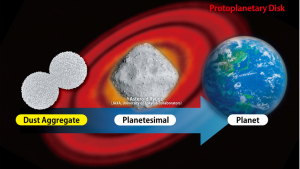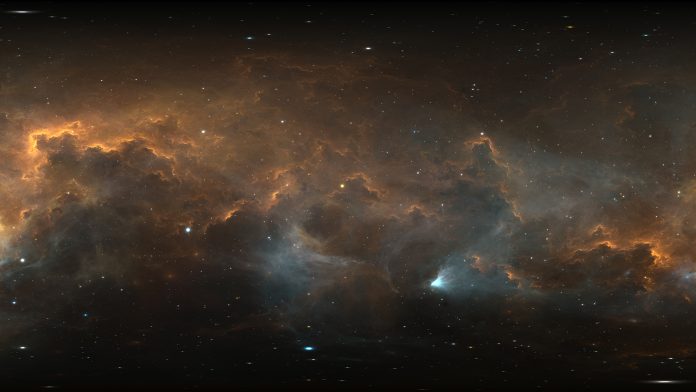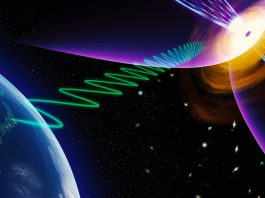Scientists have discovered that cosmic dust aggregates are less likely to stick together after a collision when the aggregates are larger.
Current theories suggest that cosmic dust aggregates collide and stick together to form larger dust aggregates that may eventually combine and form into planets.
Therefore, numerical models that characterise the conditions required for colliding microparticle aggregates to stick together are crucial for understanding the mystery of planet formation.
The team published the results of their study in The Astrophysical Journal.
Challenging current planet formation theories
The team performed numerical simulations of cosmic dust aggregates with equal-mass aggregates varying between 10,000 and 140,000 microns in size.
Their modelling indicated that increasing the radius of the aggregates decreased the sticking probability that two aggregates would stick together and form a larger aggregate after collision.
“The formation process of kilometre-sized bodies from cosmic dust, which is the initial stage of planet formation, has been one of the biggest problems in the theory of planet formation,” said Hidekazu Tanaka, one of the authors of the study and a professor at Tohoku University.
“The present study showed that the dust clumps stop growing when they get to a certain size, as large clumps are challenging to adhere to each other.
“Our results made the problem of planetesimal formation even more difficult. The adhesive growth of dust cosmic dust aggregates is a key process in the planet formation process.”
The simulations suggest that collisional bouncing between large microparticle aggregates would decrease the formation of planetesimals or the building blocks of planets.
Can we ever unlock the mystery surrounding cosmic dust aggregates?
Currently, it is unclear why the size of aggregates affects the sticking probability during a collision.

Future studies aimed at unlocking the structure of aggregates over time could help scientists understand how cosmic dust aggregates can approach the scale of new planets.
Studies of their contact sites, where most energy is dissipated, may also reveal how they eventually stick together after a collision.
Moreover, the simulations performed by the team suggest that the sticking probability of aggregates may also be affected by the size of the individual particles that make up cosmic dust aggregates and not just their entire radius.
The team acknowledges that the simulations they have performed in this study are far from comprehensive. However, they plan to conduct further simulations to include aggregates that can be prepared by realistic procedures and address acceleration.
Laboratory experiments that will fine tune the current predictions are also scheduled.
Tanaka concluded: “We will use a supercomputer to perform large-scale numerical simulations of collisions between even larger dust clumps in order to investigate how difficult it is for them to attach to each other.
“This will help to settle the question of whether the formation of planetesimals is possible through the adhesion of cosmic dust aggregates or not.”









